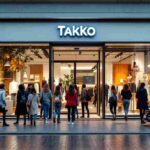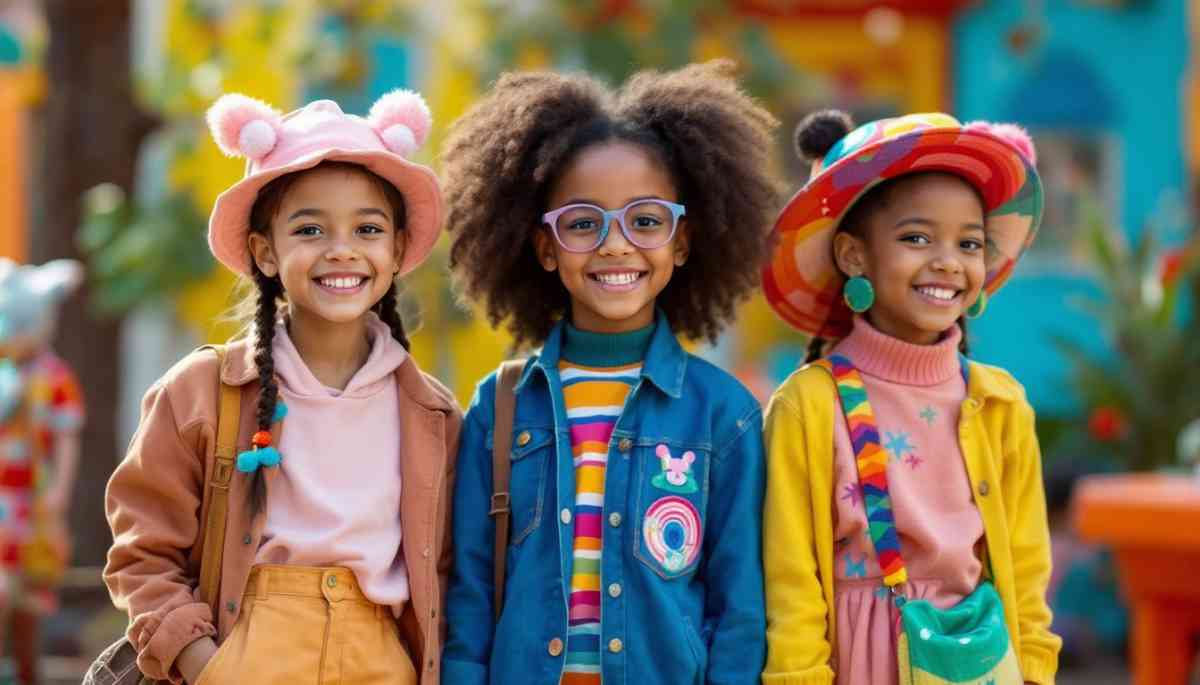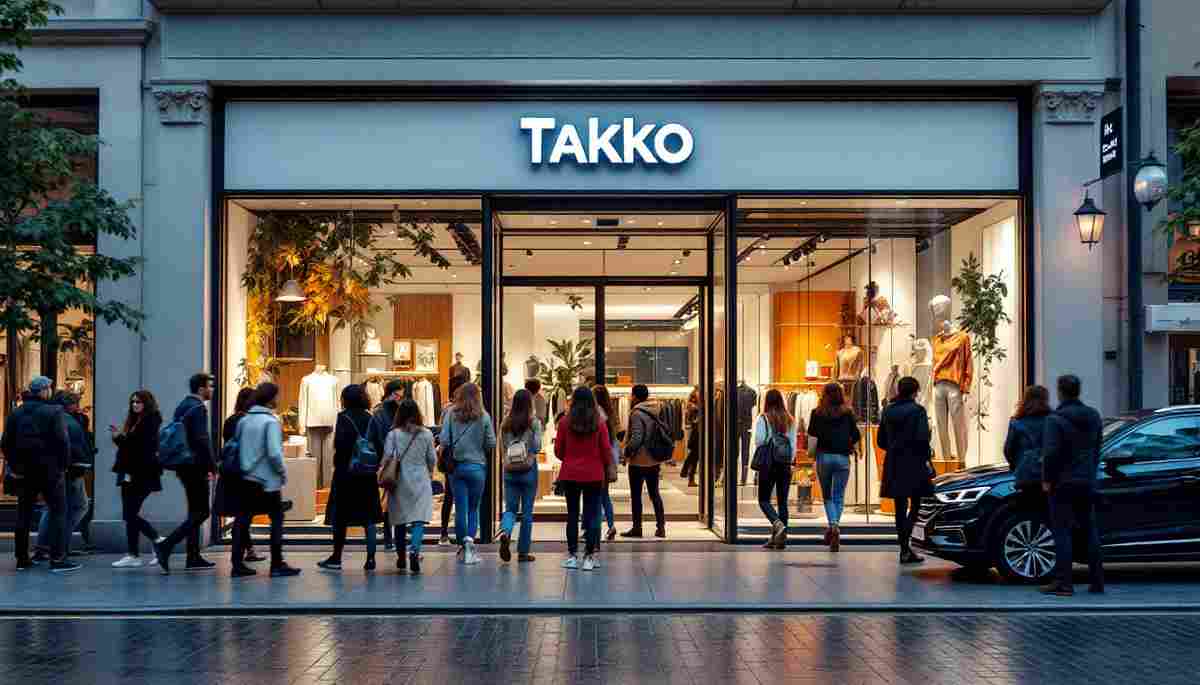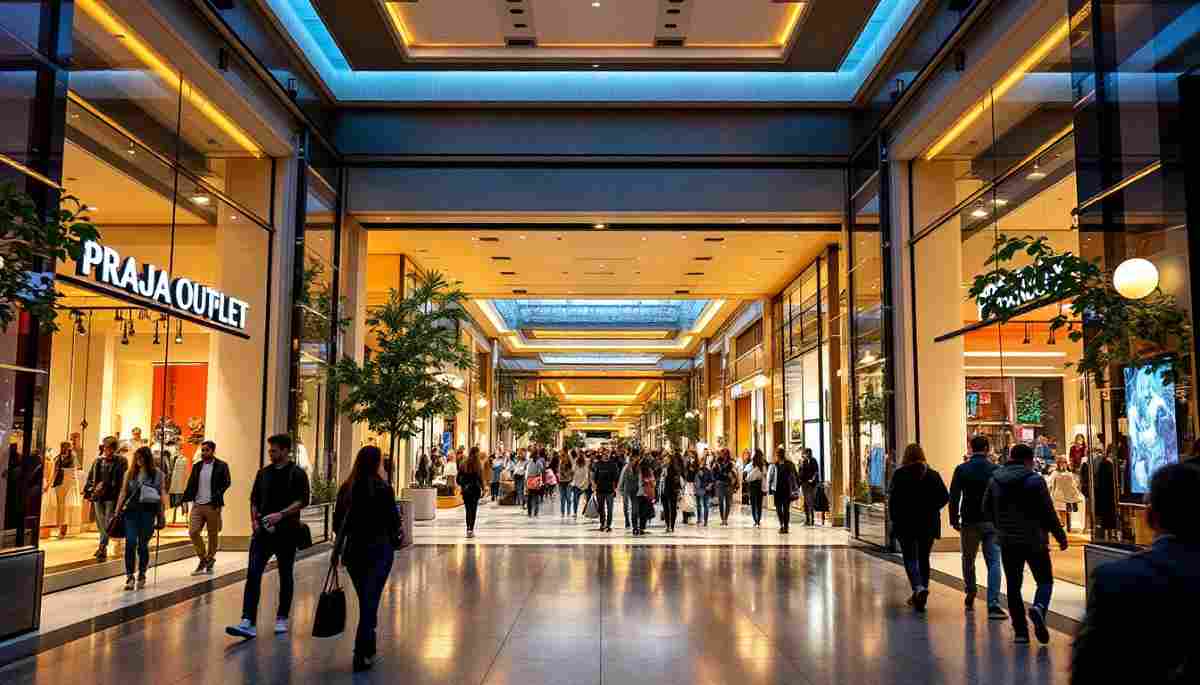Germany has long been recognized for its precision engineering and automotive excellence, but its fashion scene is equally compelling and rapidly evolving. In this article, we will explore various dimensions of German fashion, highlighting how the country is becoming a hub for creativity, sustainability, and global influence.
The Rise of Sustainable Fashion in Germany
As environmental concerns grow worldwide, the fashion industry in Germany has been at the forefront of the sustainable fashion movement. A myriad of brands and designers are prioritizing eco-friendly practices, from sourcing materials to production methods.
In cities like Berlin and Munich, initiatives promoting circular fashion have gained traction. This means not only producing clothing with sustainable materials but also ensuring that garments can be recycled or repurposed at the end of their lifecycle.
Moreover, consumer awareness around sustainability has surged. Many German consumers demand transparency from brands regarding sourcing and production processes. As a result, more labels are emphasizing their commitment to sustainable practices, attracting eco-conscious shoppers.
Additionally, the rise of second-hand shopping has become a significant trend among the younger demographic. Thrift stores and online platforms dedicated to pre-loved clothing have flourished, allowing consumers to reduce waste while still enjoying fashion. This shift not only extends the life of garments but also fosters a sense of community among shoppers who appreciate the stories behind each piece. Events like clothing swaps and pop-up markets further encourage this culture of reuse, making sustainable fashion accessible and appealing.
Furthermore, educational programs and workshops are increasingly being offered to teach consumers about the impact of fast fashion and the benefits of sustainable choices. Many organizations are collaborating with schools and universities to integrate sustainability into the curriculum, ensuring that future generations are equipped with the knowledge to make responsible fashion decisions. This grassroots effort is crucial in reshaping the narrative around fashion consumption, promoting a lifestyle that values quality over quantity and encourages mindful purchases.
Iconic German Designers Shaping the Industry
Germany has birthed several influential designers who have made significant marks on the global fashion stage. One notable figure is Karl Lagerfeld, whose multifaceted creativity revolutionized brands like Chanel and Fendi. Lagerfeld’s ability to blend classic elegance with contemporary flair has left an indelible mark on the fashion world, making him a household name and a source of inspiration for countless designers. His innovative approach to fashion photography and his iconic personal style, characterized by his signature white ponytail and dark sunglasses, further cemented his status as a fashion icon.
Another prominent designer is Jil Sander, known for her minimalist aesthetic and tailored designs. Her dedication to craftsmanship and simplicity has inspired many contemporary designers in Germany and beyond. Sander’s collections often feature clean lines and a restrained color palette, emphasizing the beauty of understated elegance. Her influence extends beyond clothing; she has also played a pivotal role in shaping the concept of modern luxury, where quality and timelessness take precedence over fleeting trends.
Additionally, designers like Hugo Boss and Anja Gockel bring unique visions that blend traditional German craftsmanship with modern aesthetics. Hugo Boss, with its roots in menswear, has evolved into a global powerhouse, known for its sharp tailoring and sophisticated styles that appeal to a diverse clientele. Anja Gockel, on the other hand, is celebrated for her vibrant prints and innovative use of textiles, often drawing inspiration from her travels and cultural experiences. These icons not only shape the local fashion landscape but also impact international trends. The fusion of heritage and modernity in their work reflects a broader narrative in German design, where history and innovation coexist harmoniously, creating a rich tapestry of fashion that resonates worldwide.
Street Style Trends: What’s Hot in Berlin
Berlin is often heralded as the epicenter of street style in Germany, reflecting a melting pot of cultures and influences. The city is known for its distinct styles that are both eclectic and edgy. Each neighborhood boasts its own unique vibe, from the hipster enclaves of Kreuzberg to the more polished looks found in Mitte, showcasing how diverse and dynamic Berlin’s fashion landscape truly is.
- Layering: Berliners often favor layering different textures and styles, creating depth in their outfits. This technique allows individuals to express their creativity, combining oversized jackets with fitted tops or mixing prints in unexpected ways.
- Vintage Finds: Thrift shopping is hugely popular, with many locals sporting unique vintage pieces that showcase individuality. Markets like Mauerpark’s flea market offer a treasure trove of retro clothing, where one can find everything from 90s windbreakers to classic denim jackets, making each outfit a personal statement.
- Minimalist Footwear: Chunky sneakers and stylish boots are often paired with casual outfits, marrying comfort with style. The trend leans towards footwear that is not only fashionable but also functional, perfect for navigating the city’s cobblestone streets and vibrant nightlife.
The city’s vibrant arts scene also heavily influences style. Many street style enthusiasts draw inspiration from local galleries and performance art, resulting in fashion that is as innovative as it is expressive. Events like Berlin Fashion Week further amplify this creative energy, where designers showcase their latest collections that often challenge conventional norms. Street art, too, plays a significant role, with murals and graffiti inspiring patterns and colors seen in everyday wear.
Moreover, sustainability has become a cornerstone of Berlin’s fashion ethos. Many locals are increasingly mindful of their fashion choices, opting for eco-friendly brands and sustainable materials. This shift not only reflects a growing awareness of environmental issues but also encourages a culture of conscious consumption. As a result, pop-up shops and eco-markets have emerged, featuring local designers who prioritize ethical practices, making it easier for fashion lovers to stay stylish while being kind to the planet.
The Influence of German Culture on Modern Fashion
German culture is rich in history and tradition, providing a wellspring of inspiration for modern designers. The influences range from the Bauhaus movement, which celebrated functionality and simplicity, to folk traditions that inform textile choices and colors.
Moreover, music and subcultures, such as punk and techno, have left an indelible mark on the fashion landscape. This fusion creates a unique aesthetic that celebrates both the past and the present.
German festivals, such as Oktoberfest, also play a role in contemporary fashion, leading to an integration of traditional garments into modern wardrobes, making traditional wear fashionable yet accessible.
The Role of Technology in Germany’s Fashion Scene
Technology has become an integral part of the fashion industry in Germany, shaping everything from production methods to retail experiences. The rise of e-commerce has allowed brands to reach broader audiences, while also providing consumers with more options.
Moreover, innovative technologies like 3D printing and artificial intelligence are being employed in the design and manufacturing processes, allowing for greater customization and efficiency.
Germany’s fashion tech landscape is thriving, marked by workshops and start-ups focused on creating smarter, more sustainable fashion solutions. These advancements position Germany as a leader in combining fashion with technology.
Exploring Germany’s Fashion Retail Landscape
The fashion retail scene in Germany is diverse, ranging from high-end boutiques in Munich to cutting-edge concept stores in Berlin. Large department stores such as KaDeWe and Galeries Lafayette offer a curated selection of both local and international brands.
Additionally, the rise of pop-up shops and online marketplaces allows emerging designers to showcase their work to a broader audience. This shift has made the fashion retail landscape more dynamic, providing consumers with more options than ever.
Local markets and fairs, featuring local artisans and designers, are gaining popularity as consumers look for unique, handmade pieces. These events not only support local talent but also foster community engagement around fashion.
Fashion Weeks: Highlights from Berlin and Beyond
Berlin Fashion Week has emerged as a key player on the global fashion calendar, attracting designers, editors, and influencers from around the world. The event showcases a diverse range of styles, from avant-garde collections to ready-to-wear lines.
In addition to runway shows, Berlin Fashion Week hosts numerous networking events, exhibitions, and talks aimed at fostering industry relationships and sharing insights into upcoming trends.
Other cities in Germany, such as Düsseldorf and Munich, also host their own fashion weeks, each with a distinctive flair that highlights regional styles and designers.
How German Fashion Brands Are Going Global
More and more German fashion brands are expanding their reach internationally, leveraging social media and e-commerce to tap into global markets. Labels like Armedangels and Ottolinger have gained international followings due to their commitment to sustainability and unique design philosophies.
Partnerships with international retailers also play a pivotal role in global expansion. Collaborations allow German brands to showcase their work in new markets, increasing their visibility and consumer base.
Furthermore, participation in international fashion trade shows enables German designers to connect with potential buyers and distributors, solidifying their presence on the world stage.
The Intersection of Art and Fashion in Germany
Art and fashion in Germany are intertwined, with many designers drawing inspiration from visual arts, performance, and installations. This symbiotic relationship enriches both industries and promotes creative exploration.
Exhibitions and fashion installations often blur the lines between art and wearable clothing, inviting audiences to experience fashion as an artistic expression rather than just consumer goods.
Collaborations between artists and fashion designers result in limited-edition pieces that elevate fashion into the realm of art. These unique offerings reflect contemporary societal themes and provoke thought, engaging the consumer on a deeper level.
Future Trends: What’s Next for German Fashion?
As we look to the future, German fashion is poised to continue embracing sustainability, innovation, and inclusivity. There is a growing focus on ethical practices, with an emphasis on transparency and fair labor practices becoming paramount.
Moreover, digital advancements will likely shape not only how fashion is produced but also how it is marketed and sold. Augmented reality and virtual fitting rooms could redefine the shopping experience, making it more interactive and personalized.
Ultimately, the fusion of technology and creativity positions German fashion on an exciting trajectory, promising a vibrant and dynamic future that honors its rich heritage while embracing modernity.










